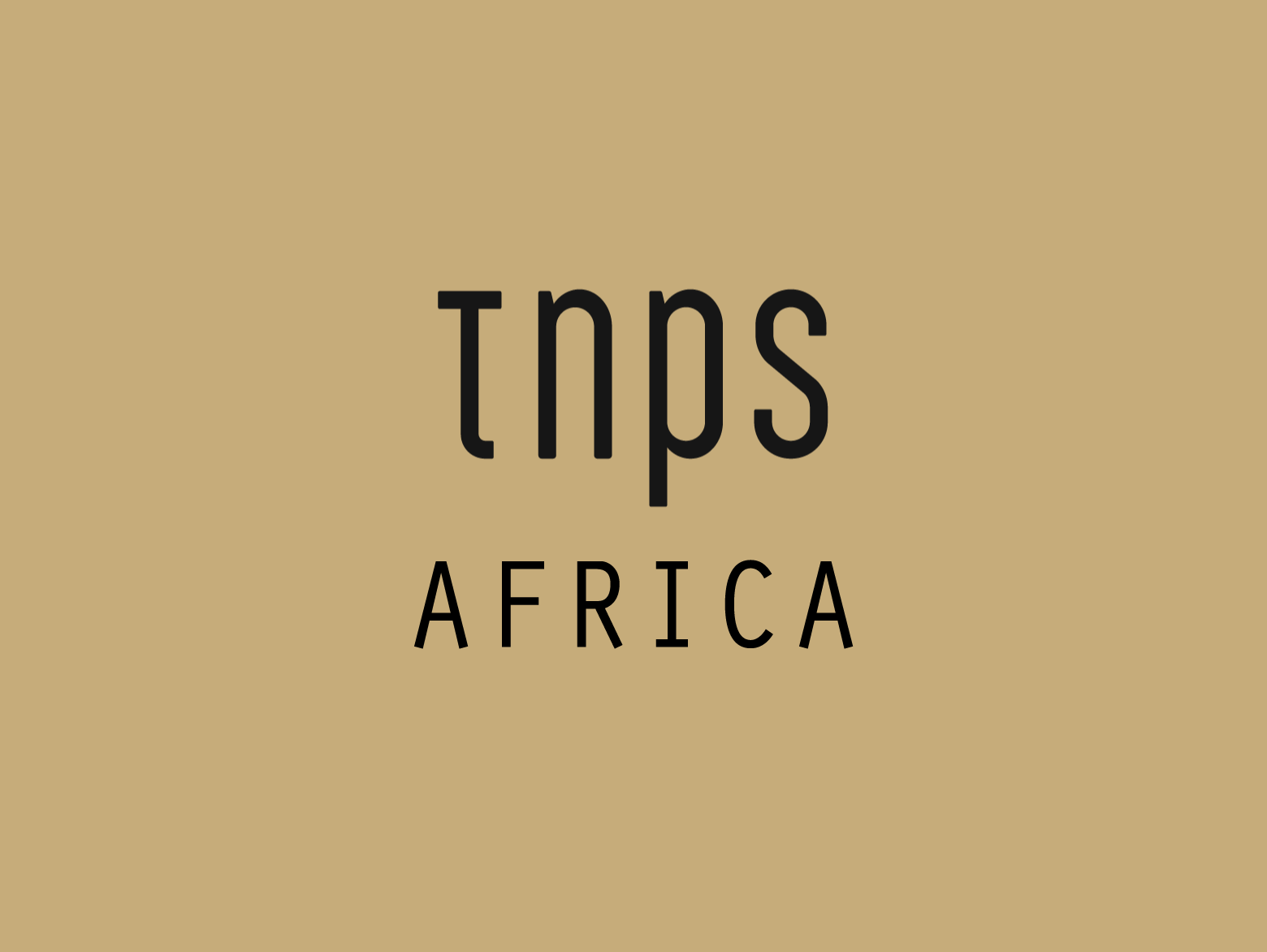The lessons from other industries, even those closely allied to the book trade like movies and newspapers, are often lost on publishers. And while book publishing is still bigger than music, newspapers or even movies, the gap is narrowing fast
As John Donne never said, no industry is an island, but one could be forgiven for thinking sometimes that publishing believes it is. Be it smartphones / social media / Netflix / Amazon / online sales / unlimited subscription or any other innovation that doesn’t fit easily into the tradition of curated ink on paper take-it-or-leave-it products sold to a grateful, forelock-tugging public, publishing is all too often fighting progress rather than embracing it.
The lessons from other industries, even those closely allied to the book trade like movies, are often lost on publishers. While book publishing is still bigger than music, newspapers or even movies, the gap is narrowing fast.
And the key driver of that growth outside publishing is international digital reach – something the latter industries have learned to embrace while book publishers largely still enforce anachronistic territorial restrictions, the primary function of which is to limit sales in places publishers have deemed not worthwhile. Which just maybe, sort of, made a little sense, perhaps, with some imagination-stretching and as little logical analysis as possible. But today? In the third decade of the twenty-first century?
At which point let’s take a step back and adopt a more holistic perspective, which is where Nike comes in. As in Nike the sports footwear brand.
Back in November Nike famously pulled out of its sales partnership with Amazon, and today, while some third-party sellers still feed Nike products to the platform, there is no official Nike presence.
The history behind all that – Nike was frustrated by counterfeit sales on the platform so tried to sell direct on Amazon, but that still didn’t solve the problem, so it pulled out completely – is one that need not concern us in detail here.
But what is of interest to publishers is that, since foregoing the Amazon platform, and despite a pandemic that closed the high street stores, Nike reported an 82% jump in digital direct sales between June and August.
As reported by The Drum last week,
Changed circumstances have turbocharged Nike’s digital performance, with online sales accounting for 30% of its business in the quarter – a threshold that was not expected to be reached until 2023.
Nike chief executive John Donahoe (who recently joined the company from eBay) has told investors he believes online habits have become hard-wired as much of the digital growth came after most retail stores had reopened.
Per The Drum, Donahoe said:
We know that digital is the new normal. The consumer today is digitally grounded and simply will not revert back.
This if course, in reference to a product that itself is not digital, has no digital alternative, and like printed books still needs to be physically delivered to the consumer.
Publishers have the advantage over Nike in that, for most books, there is the option to sell the physical version, or a digital version that can instantly be delivered anywhere in the world, and for more profit.
For Nike, the question left unanswered is how much more their digital sales might be had they chosen to push the digital element while staying with Amazon, thereby getting the best of both worlds.
The lesson here for publishers is not that they can do better by abandoning Amazon (although less reliance and more eggs in more baskets would be eminently sensible), rather that by throwing off the historical shackles of self-appointed curator and determiner of what can be bought where and in what format, and embracing the consumer-first possibilities digital offers, so much more might be achieved.
As Nike’s new CEO says, “the consumer today is digitally grounded and simply will not revert back.”





